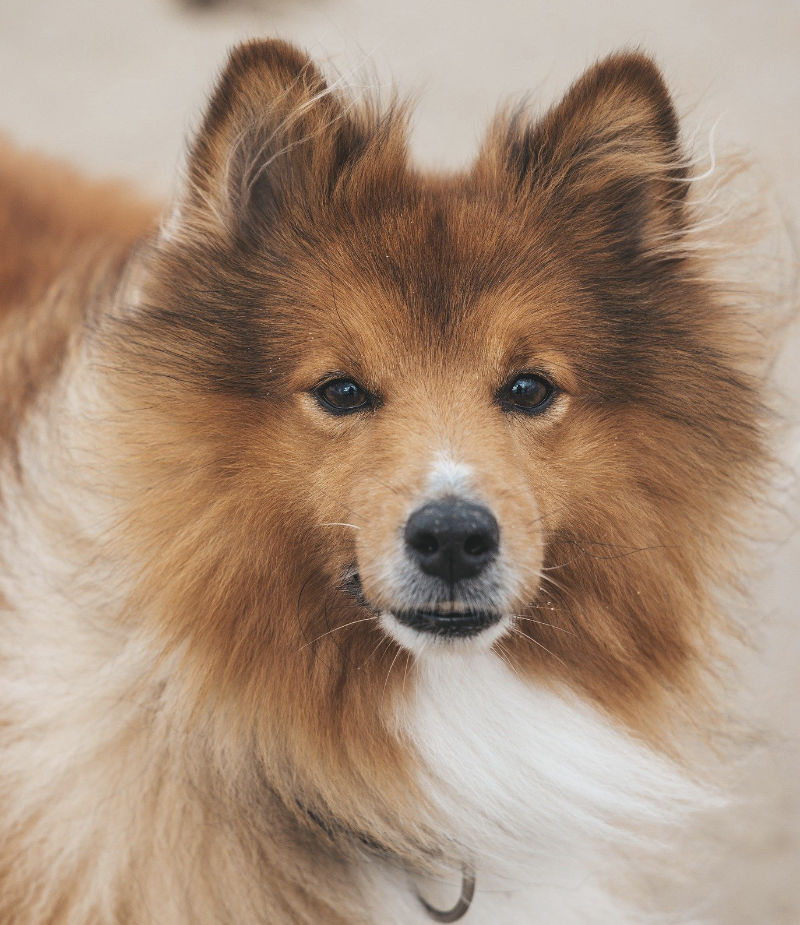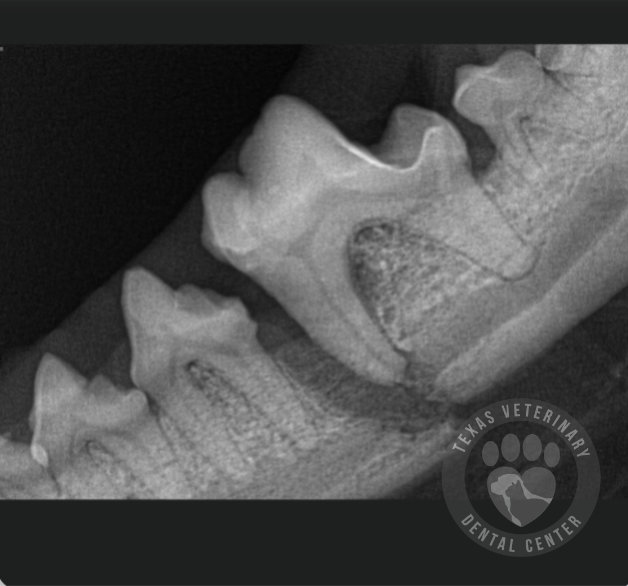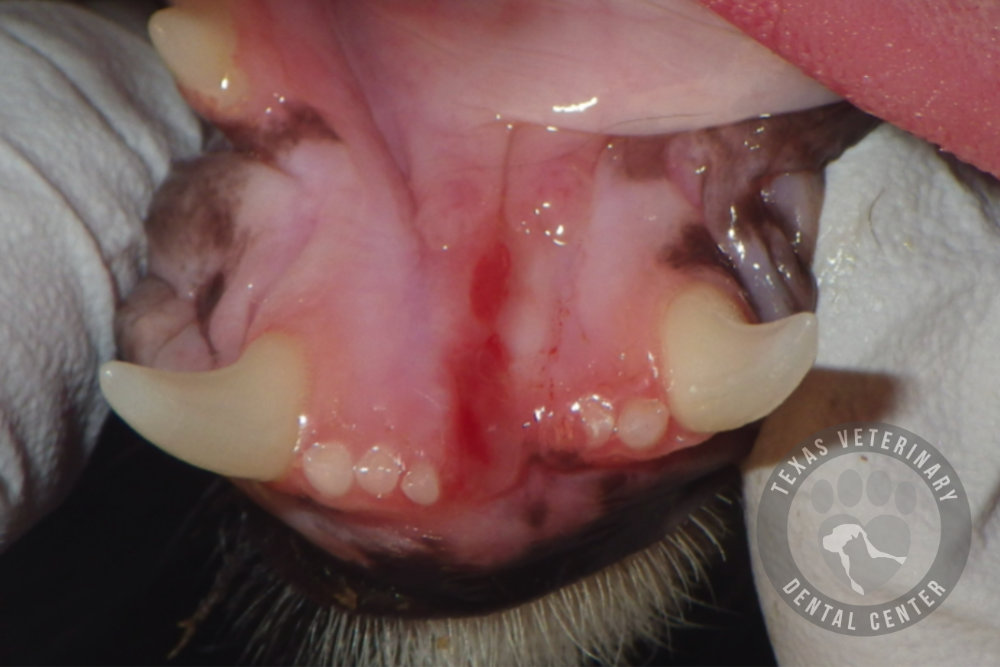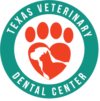Dog & Cat Oral Surgery
Oral Surgery procedures are often required to restore the health and function of the mouth.

Oral surgery is a discipline of veterinary dentistry employing surgical techniques and skills to treat disease and traumatic injury of the animal’s oral cavity. Jaw fractures, tumors, oral cancer, cysts, infection, congenital defects and traumatic injury often require oral surgical intervention. Our doctors are trained to perform oral surgery of the hard tissues (teeth and bone) as well as the soft tissues (lips, cheeks, tongue, gums, tonsils, salivary glands).

JAW FRACTURES
Pet jaw fractures result from either traumatic injury or a combination of periodontal disease followed by a traumatic injury. Periodontal disease can cause thin, weak jaw bones that fracture from very little stress or self-trauma (biting an object). Jaw fractures are often repaired employing oral surgical procedures to stabilize the fracture. Bone augmentation procedures can be employed to aid fracture healing when necessary. Our goal is to save teeth and restore normal and comfortable function when treating jaw fractures.
ORAL TUMORS
Oral tumors of dogs and cats often require surgery to excise or remove diseased soft tissue and bone associated with the tumor. Our doctors have been trained to remove tumors of the gums, tongue, lips, cheek, jaws, and other oral soft tissue structures. We often collaborate with oral pathologists and local veterinary oncologists to provide the best care possible to increase the likelihood of successful recovery and reduce the likelihood of tumor recurrence.
ORAL TRAUMA
Trauma to the teeth, jaws, palate, tongue, cheeks, lips and gums in a dog or cat are a common result of traumatic injury such as accidents, hit by automobiles, and fights with other animals. If tooth fracture results from traumatic injury, the sharp edges of the damaged teeth may even cause self-injury when the pet performs normal functions like grooming, eating, drinking, or panting. Soft tissue lacerations are repaired employing surgical techniques to close the wounds with absorbable suture. If fractured teeth are the cause, our doctors can determine if it is best to treat the tooth or extract it to prevent further injury to the pet.

ORONASAL FISTULAS
An oronasal fistula is an abnormal passageway between the mouth and nasal cavity of a dog or cat. Oronasal fistulas can occur as a result of injury, infection, or disease. Any animal can develop an oronasal fistula, but certain breeds like dachshunds are particularly prone to developing this condition. The most common location for an oronasal fistula is around the maxillary (upper) canine tooth/teeth and premolars of dogs. This condition should be surgically corrected to prevent food, water, and debris from passing from the mouth into the nasal cavity. Oronasal fistulas can cause irritation of the nasal passage, nasal discharge, inflammation of the sinuses, and infection of the nasal passage and sinuses.
CONGENITAL DEFECTS
Congenital defects involving the nasal passage and oral cavity are sometimes seen in puppies and kittens. Many of these patients do not survive the first few weeks of life due to nursing complications. Those that do survive are often at risk of aspirating food or liquid from their mouths into the nasal passage then into the lungs. The result is a life-threatening pneumonia. These types of defects happen when the roof of the mouth does not close correctly before the animal is born.
Cleft lip is a defect of the lips and nose area. Oftentimes, part of the lip will be missing or misshapen. Sometimes, one or both nostrils appear to connect directly to the mouth. Cleft palate is a malformation or disconnection of the tissues that form the roof of the mouth. The hard palate and soft palate can be involved. An opening may be observed in the palate.
Congenital clefts can be an inherited birth defect. Genes may be passed from the mother or father to the developing fetus. Because of this, pets with a cleft lip or cleft palate should not be bred as they have a high likelihood of passing on the cleft genes to their offspring.
Utilizing oral surgery and flap techniques, we can often correct these defects. Some corrective surgeries may require staging or multiple surgeries.
Texas Veterinary Dental Center
12810 Fountain Lake Circle
Stafford, TX 77477
